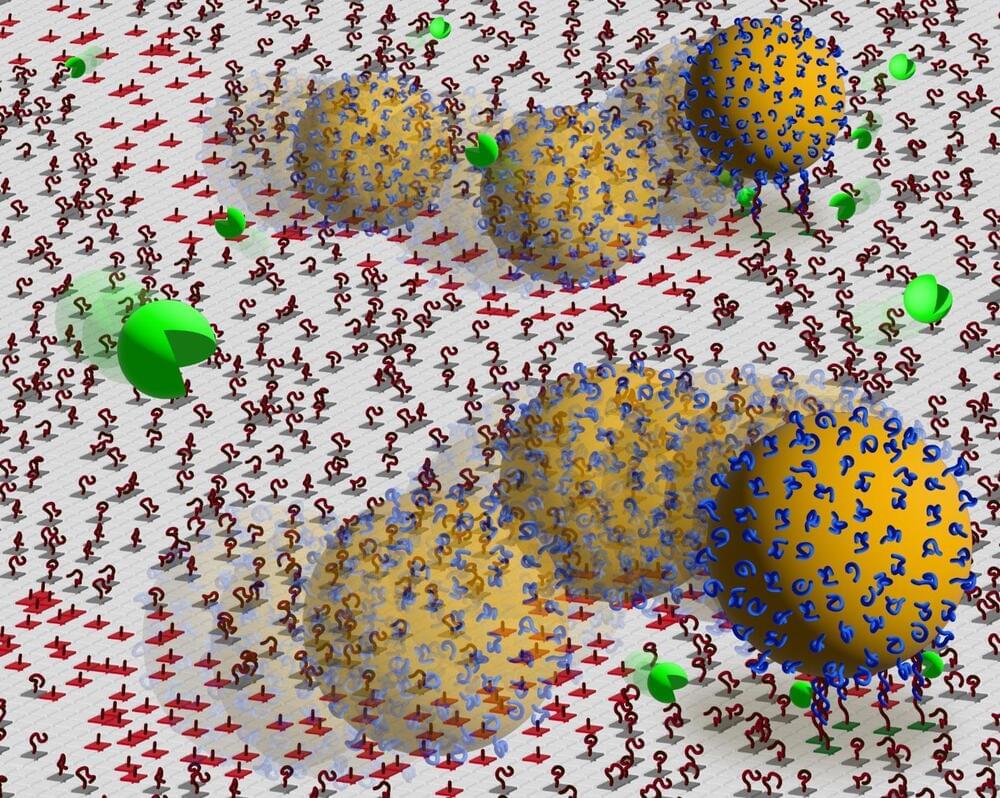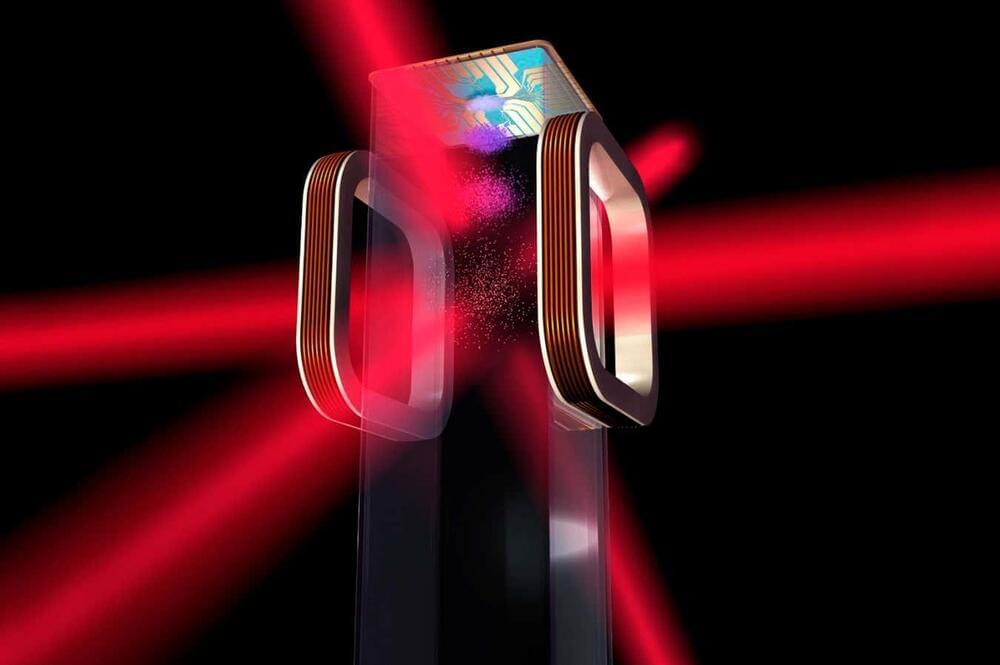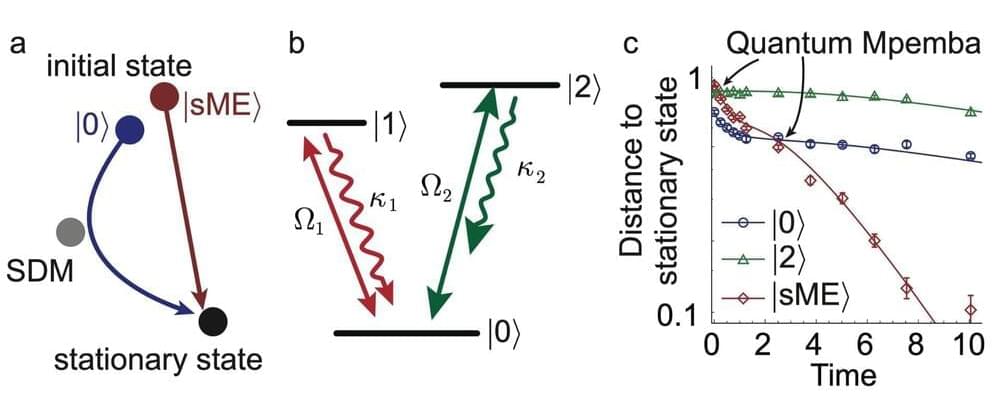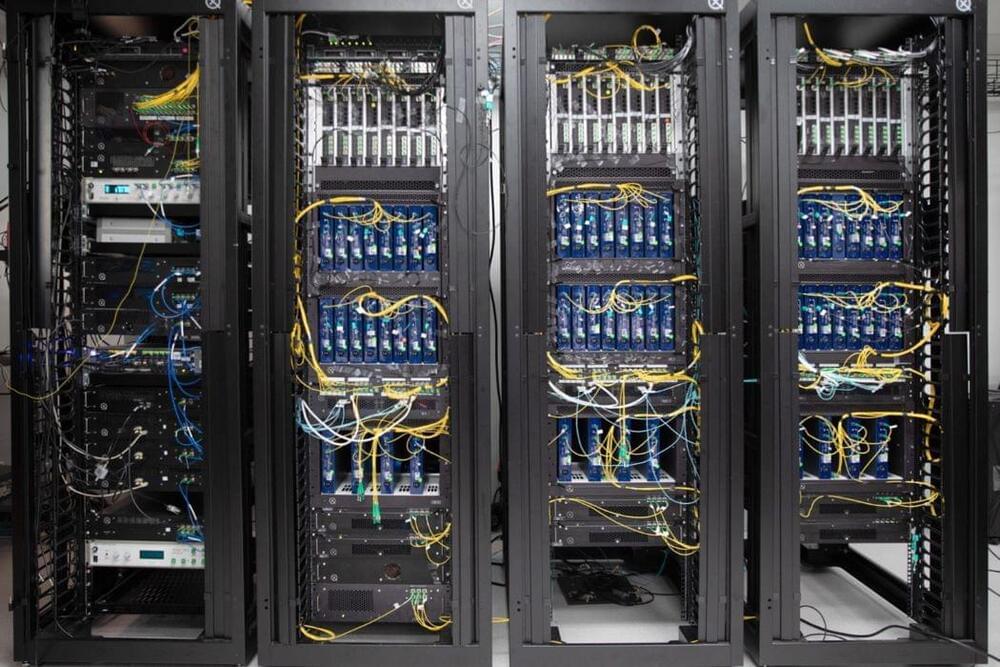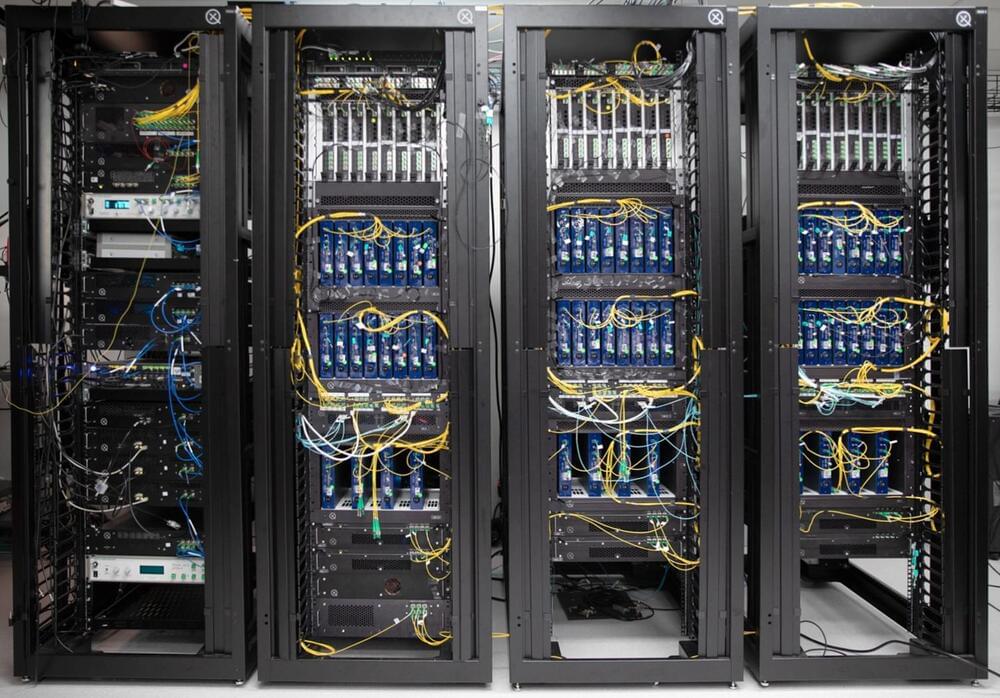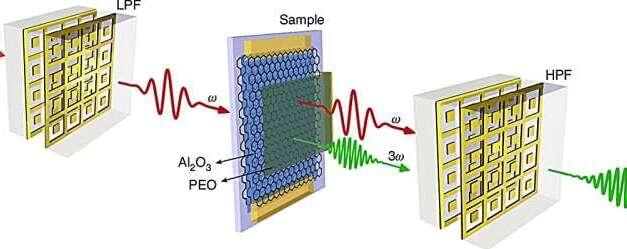Researchers leverage their understanding of molecular motors to improve nanoscale.
The term “nanoscale” refers to dimensions that are measured in nanometers (nm), with one nanometer equaling one-billionth of a meter. This scale encompasses sizes from approximately 1 to 100 nanometers, where unique physical, chemical, and biological properties emerge that are not present in bulk materials. At the nanoscale, materials exhibit phenomena such as quantum effects and increased surface area to volume ratios, which can significantly alter their optical, electrical, and magnetic behaviors. These characteristics make nanoscale materials highly valuable for a wide range of applications, including electronics, medicine, and materials science.
